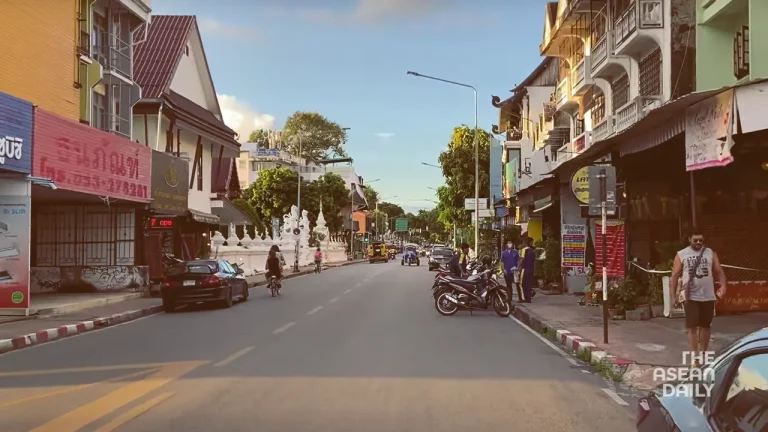2-1-2025 (SINGAPORE) Northern Southeast Asia faces an escalating risk of forest fires and transboundary haze as the region transitions into its dry season, prompting environmental authorities to raise early warning signals.
The ASEAN Specialised Meteorological Centre (ASMC), headquartered in Singapore, has activated a Level 1 alert for potential cross-border haze affecting the northern Southeast Asian region. The announcement, made on 2 January, marks the first significant warning of 2025 as the northeast monsoon period takes hold.
Monitoring data reveals a concerning uptick in fire hotspots across the Mekong sub-region since mid-December 2024. A sharp increase was documented over the New Year period, with detection systems identifying 164 hotspots on 31 December, followed by a dramatic surge to 335 the next day. Whilst localised smoke plumes and haze have been observed in Cambodia, Laos, and Thailand, officials report that the situation has not yet escalated to cross-border pollution.
The arrival of the northeast monsoon typically heralds drier conditions across much of the region, creating conducive conditions for fire outbreaks. Meteorological experts anticipate that these conditions, coupled with sustained dry weather patterns, could lead to a marked deterioration in air quality over the coming months.
Despite forecasts suggesting the emergence of a neutral or mild La Niña pattern early this year—which traditionally brings above-average rainfall to portions of Southeast Asia—its influence on the Mekong sub-region is expected to be minimal. Consequently, the area remains vulnerable to escalating fire incidents and the potential development of transboundary haze.




